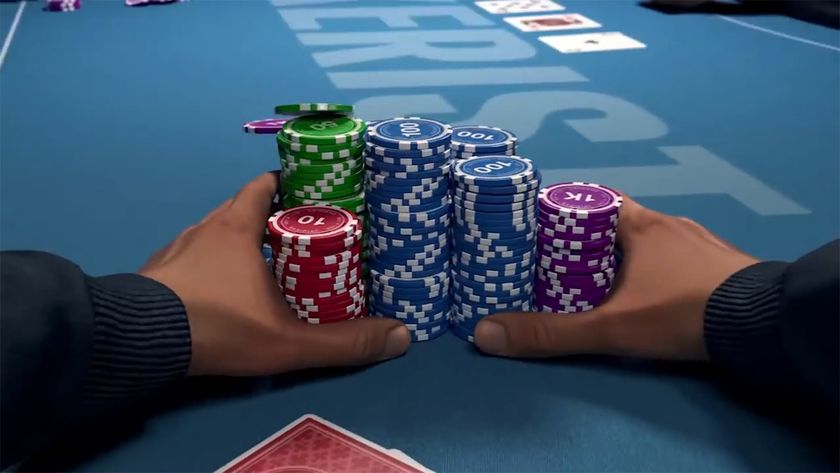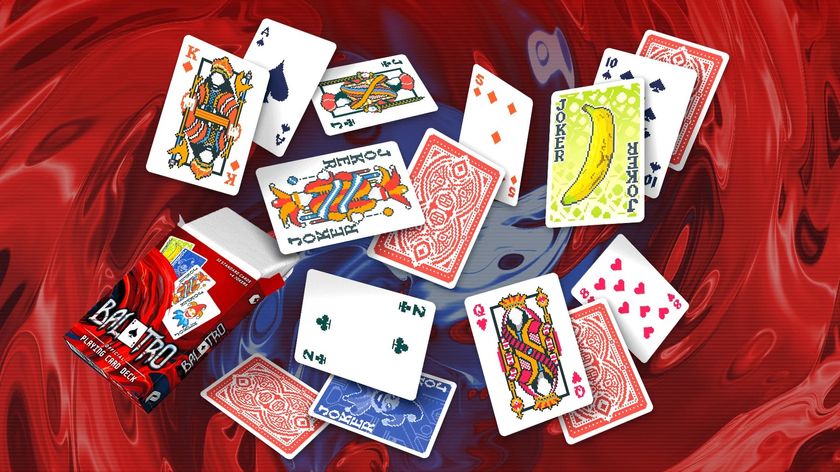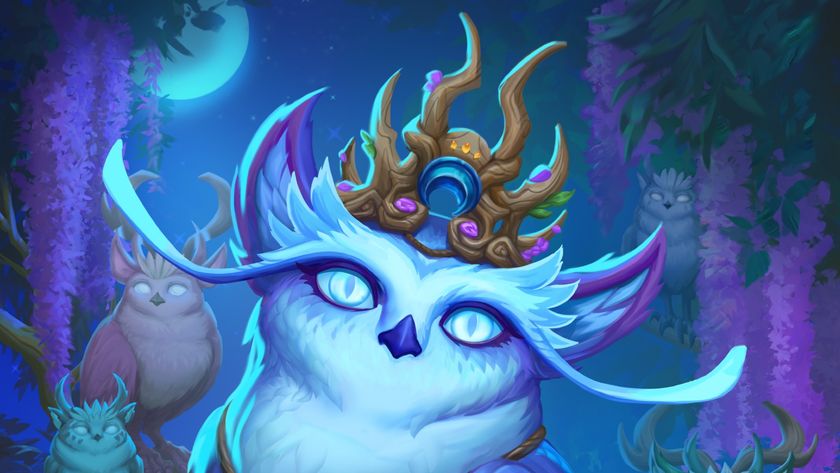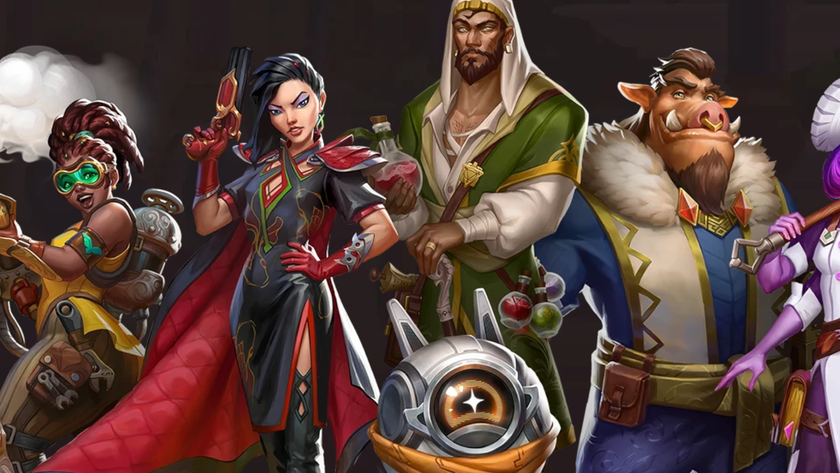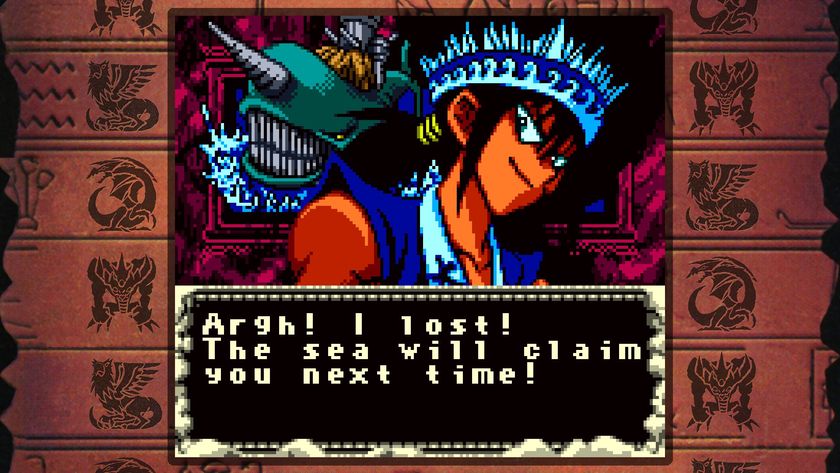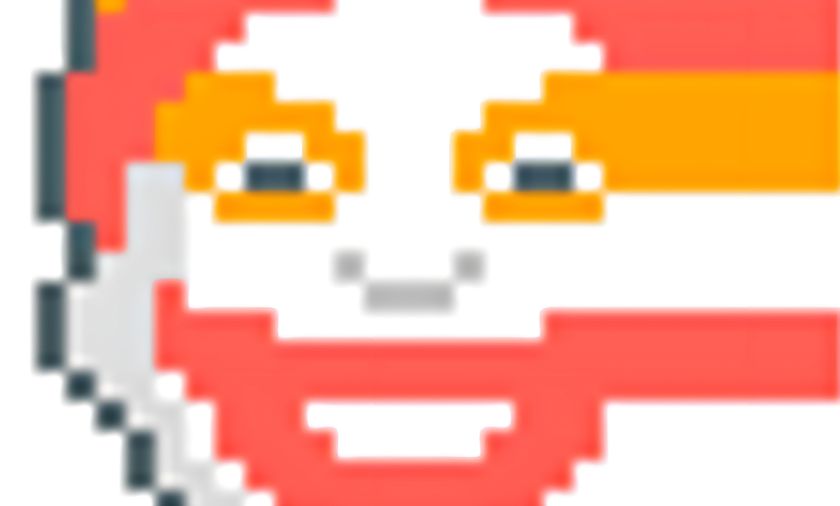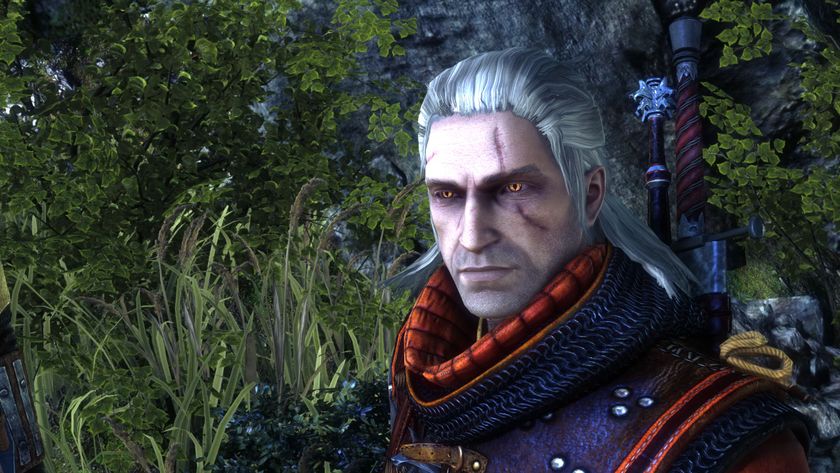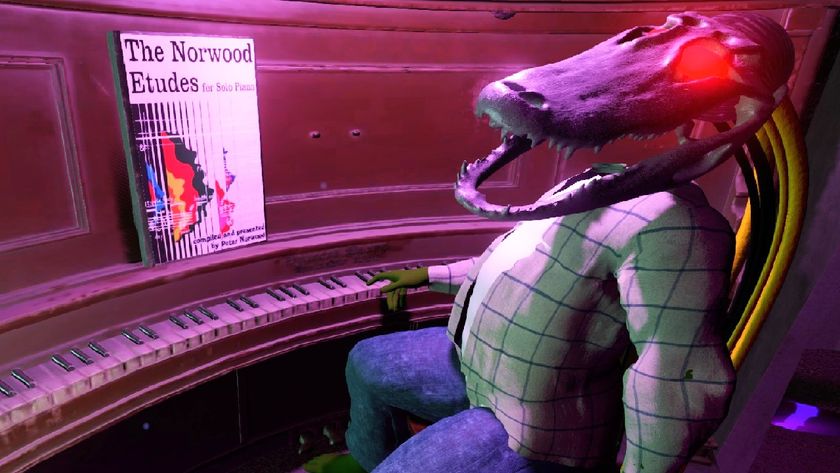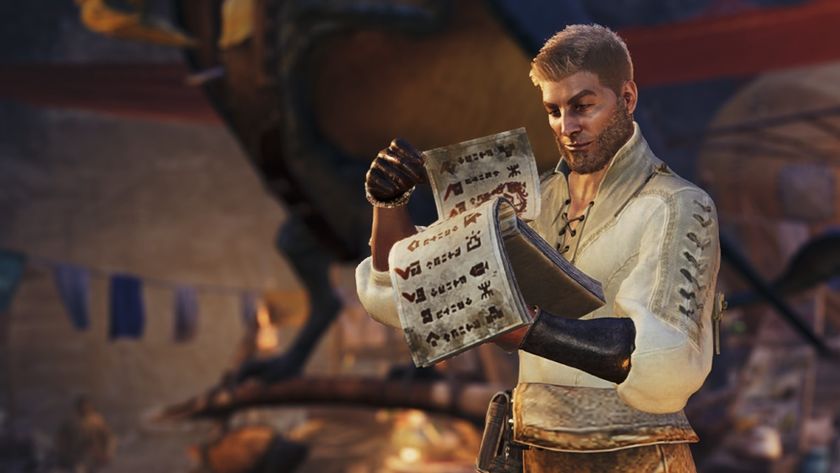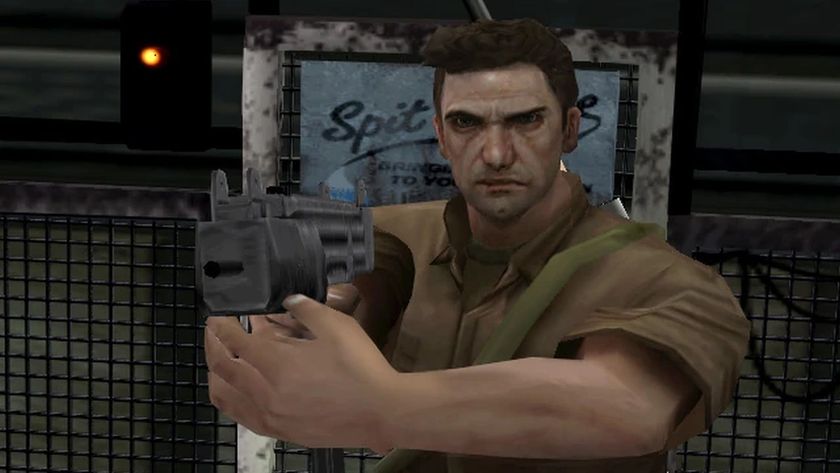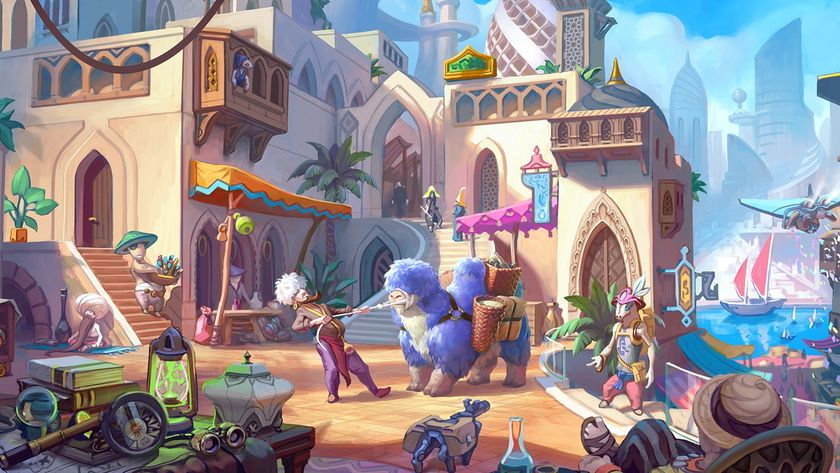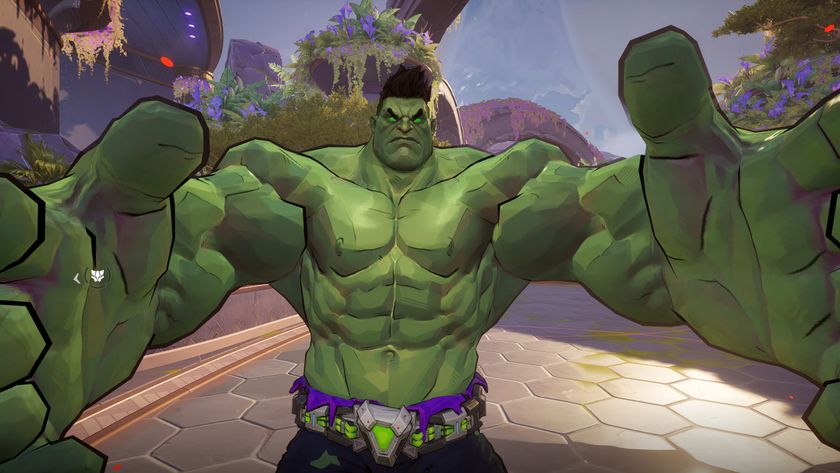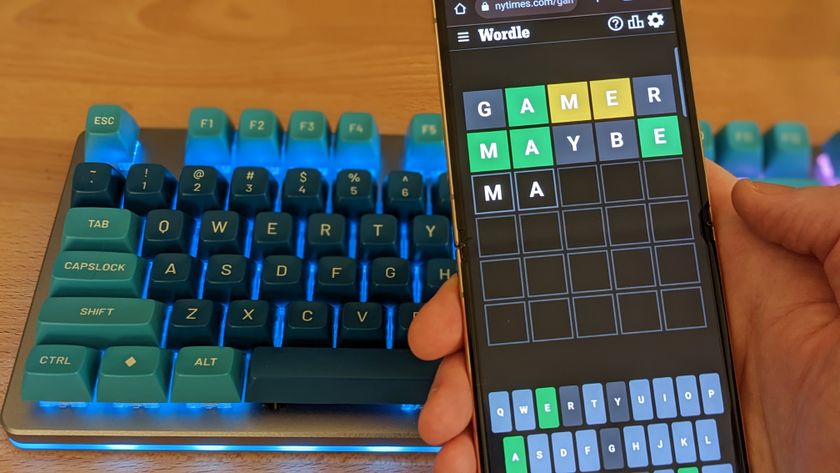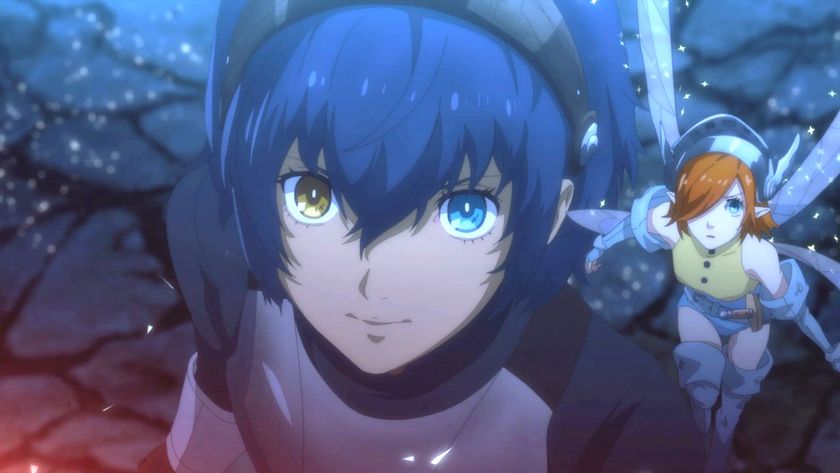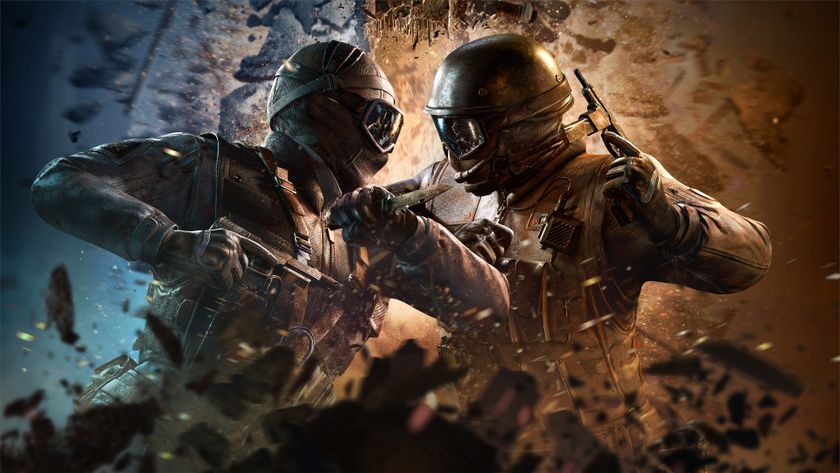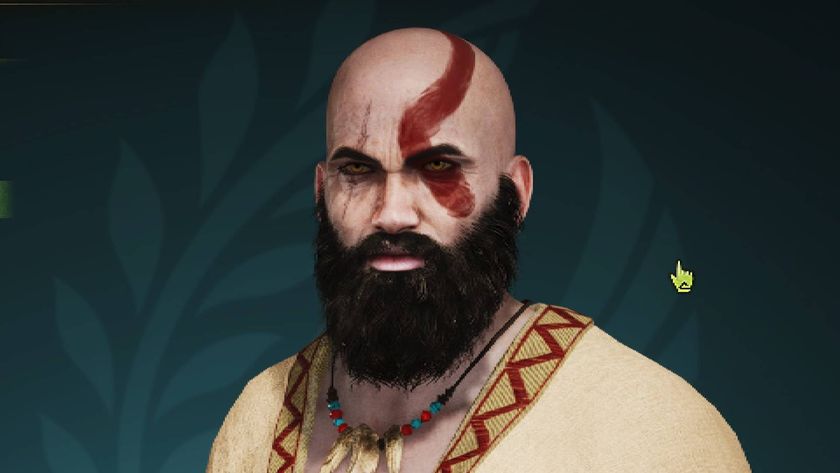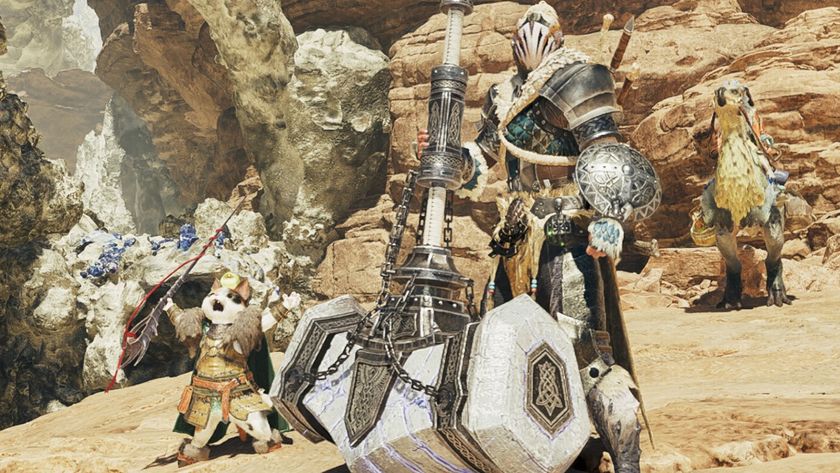Is this new 3/3 dragon really one of the most powerful Hearthstone cards ever?
According to some pros, despite its low cost, Priest's new minion is so strong that it may be broken.
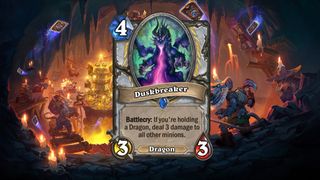
How good is Duskbreaker, the new Priest class dragon from Hearthstone's Kobolds & Catacombs expansion which was revealed earlier this week? Several high-profile players, including Zalae and Trump, called it one of the most—if not the most—powerful cards ever designed in Hearthstone. And they aren’t wrong by any means.
For those not in the know, Duskbreaker is a 4 mana 3/3 Dragon with a Battlecry effect that does three damage to all minions, provided you’re holding another Dragon card in your hand. It’s a board-clearing effect on par with Hellfire (which itself costs 4-Mana) but also gives you a free 3/3 body on turn four (or three if coined). If you were behind on the board in the early game before you played this, you are now ahead. As an added upside, it also serves to activate your other dragon cards while it's in your hand. That’s a lot of punch.
For perspective on just how strong Duskbreaker is likely to be when the expansion launches in early December, the latest meta report from VS shows four of the five top-performing decks in the game right now are aggressive lists looking to control the early board. Within those four decks, a Duskbreaker played on curve will cleanly kill almost every minion that costs three or less (the exceptions being Druid of the Swarm, Tar Creeper, Crypt Lord, Kindly Grandmother and Darkshire Councilman). Anything left alive must also contend with the 3/3 dragon itself, meaning the result will almost always be a full clear and put Priest firmly in control of the game.
In short, it's really good.
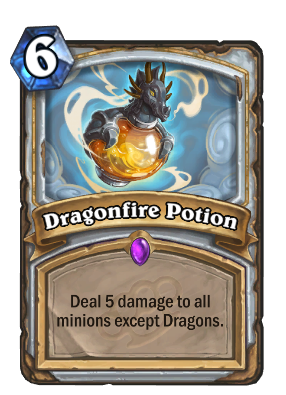
Over the course of the next expansion, Dragon Priest will have access to two of the best AoE clears in the game. However, Dragonfire Potion will rotate out of Standard in early 2018, along with the also OP Drakonid Operative.
The deck that came to mind the moment I saw the card was quite similar to what Zalae came up with: an Inner-fire Combo Dragon Priest. It has the potential to contest the board with some of the highest-value minions in the game, an asymmetrical board clear in the form of Dragonfire Potion, while maintaining the ability to close games out quickly with burst combos thanks to the spell buff package.
What makes Duskbreaker such a key addition is that it remedies one of the deck’s main weaknesses against wide, early-game pressure. That role used to be filled by Wyrmrest Agent and Twilight Guardian, though both have since rotated to Wild, leaving Dragon Priest without much in the way of powerful plays from turn one through four. The ability to contest early boards again can give Dragon Priest very strong matchups across the board. Just look at what happened to Druid when they were given Spreading Plague.
The design of Duskbreaker reminds me a lot of how much Kazakus was used to push Reno decks to prominence. Earlier this year, I criticized a design philosophy laid out by Mike Donais who said:
The biggest gaming news, reviews and hardware deals
Keep up to date with the most important stories and the best deals, as picked by the PC Gamer team.
"I was thinking, I really enjoy Reno decks. A lot of our players on Ladder really enjoy Reno decks. They want it to be tier one, but right now, it's not tier one. Let's boost it up a little bit to tier one or tier two so that instead of just playing it for fun, they can play it and do reasonably well."
I don't like purposefully pushing the power level of cards like that. People play the most powerful cards because they like to win. Because of that, if one (or a handful) of strategies exist that dominate all other options, players will feel forced to gravitate towards them, which ultimately stagnates the meta. The more powerful these defining cards are, the fewer decks effectively exist in the game. Not many people are going to want to play with cards that just cause you to auto-lose if your opponent has a Duskbreaker which, currently at least, is just about anything that costs three or less mana.
Duskbreaker represents a sledgehammer against any aggressive strategy.
Duskbreaker represents something of a sledgehammer against any aggressive strategy. Its power is too great and too generalized for its cost. This isn’t like Golakka Crawler, whereby it only punishes Pirates. Duskbreaker punishes everything aggressive.
The timing of the release of this card is unlikely to be coincidence either: with Drakonid Operative rotating out of Standard soon, the developers might have taken more of a risk in making a card this strong under the assumption that, if it was too good, the archetype as a whole will be weakened when the Standard card pool rotates early next year, at which point Drakonid Operative and and Dragonfire Potion will become Wild-only. Given that Kazakus was released as Reno was about to leave, it would fit the pattern. To some extent, Duskbreaker may also reflect an experiment by the design team: how far can they push the power level of anti-aggro cards?
Will Duskbreaker be a metabreaker?
While Duskbreaker is clearly on the ridiculously strong side of the power spectrum, there are two factors that might reign its power in practice in a bit. The first of these is the Dragon Priest deck itself, which will provide the 'shell' that contains Duskbreaker. Whether the focus of that deck becomes a control, midrange, or Inner Fire combo strategy, Dragon Priest tends to stick to a game plan that revolves around playing (usually) one powerful card per turn. While the deck may have access to some of the best power house cards in the game, as a strategy it's beatable.

Along with Divine Spirit, Inner Fire is used in some Dragon Priest builds to create sudden bursts of damage by buffing a minion's health and then matching its attack. This may prove a key combo in Duskbreaker decks.
Indeed, it might even be good news if the Priest class focuses on the Dragon archetype rather than the singleton 'Razakus' strategy or the high-roll reliant 'Big' variant. Facing a deck that is powerful and consistent is usually more fun to play against than something that is inconsistently broken. Predictable matches can be planned for more readily than decks that play just about every possible answer and sometimes happen to draw them at the right time, in the right order.
There's another factor worth thinking about when it comes to Duskbreaker: if the card truly is as strong as it looks, it may become a victim of its own success. If Duskbreaker proves too powerful it will warp the meta around itself in a semi-self-defeating fashion, resulting in people predominately playing decks that are not weak against it. If aggressive decks are regularly being blown out on turn three or four by a Duskbreaker board swing, then players will begin to switch to strategies that don't rely on keeping an early board. If that happens, then the effective power of Duskbreaker drops.
It's possible that the card is simply so good it breaks the entire meta and no counter exists.
It also follows that if people aren’t playing strategies that rely on early-game aggression, then greedier decks capable of more thoroughly punishing Dragon Priest that would otherwise lose to aggressive decks might rise in popularity. In turn, that generates a pressure for the aggressive decks to come back, which is how we end up with the dynamic rock-paper-scissors meta many players are familiar with.
Of course, it is also possible that the card is simply so good it breaks the entire meta and no counter exists. The would lead to many people playing Dragon Priest, but if lots of people start playing Dragon Priest decks then Dragonfire Potion gets that much worse in the mirror match and people may begin to cut them. What options that opens up for other decks isn’t knowable at this point, but these are things to consider.
How to counter Duskbreaker
If Duskbreaker does see a lot of play, as seems likely, you'd best be prepared to figure out how to deal with it. In the event you’re still playing a deck with lots of early-game minions, there are a few options open to you currently. One of the best may be Devilsaur Egg. The egg can act as insurance against a board clear, as your fresh 5/5 would easily contest the 3/3 dragon. The downside to this strategy is that Devilsaur Egg is a slow card and not exactly what you’re looking for in an aggressive, tempo-based deck. You gain Duskbreaker insurance at the cost of slowing yourself down in many other match-ups, but it's at least an option.
Other cheap-but-aggressive options can be found in the form of Argent Squire, Righteous Protector, Possessed Villager, Kindly Grandmother, Wickerflame Burnbristle, and Frothing Berserker. You might also consider entirely different strategies as a defensive measure against Duskbreaker. Quest or Miracle Rogue come to mind here. The former could assemble its quest before Dragon Priests can pressure them (this was historically a really bad match for Dragon Priest decks), while the latter specializes in single-target removal options that work well against Dragon Priest’s “play one big thing a turn” strategy.
Watching the world burn

Now this card is truly OP. Drakonid Operative almost single-handedly ensured Dragon Priest's status as a viable deck, a role which will fall to Duskbreaker next year.
Blizzard's designers are clearly pushing the power level of Duskbreaker hard, perhaps even more so than its older brother, the Drakonid Operative, which designer Max McCall admitted had been used to single-handedly give the Dragon Priest deck some time in the spotlight. Duskbreaker is one of those cards that can define and warp a meta around its existence, and make players question whether they want to run an aggressive strategy at all. That’s not to say it—or the Dragon Priest—are guaranteed to dominate the Kobolds & Catacombs meta. In Hearthstone, aggro decks, like life, have a habit of finding a way.
Nevertheless, "doesn’t completely break the meta" isn’t a benchmark I’d use for good design, and this is a card that runs the risk of doing that. Whilst it's worth remembering that we've only see a fraction of the Kobolds & Catacombs set, cards this powerful can quickly become a negative force and lead to stagnation. While I can appreciate that the development team likes to push boundaries from time to time to try in order to make the game interesting, this kind of design doesn’t strike me as having a fun payoff in the best-case scenario.
Like Drakonid Operative, this kind of power creep comes with serious risk attached. Perhaps this is Blizzard finally catering to the chorus of players who claim to hate aggro, but if the end result is an expansion that goes stale too quickly, then won't we all lose?
